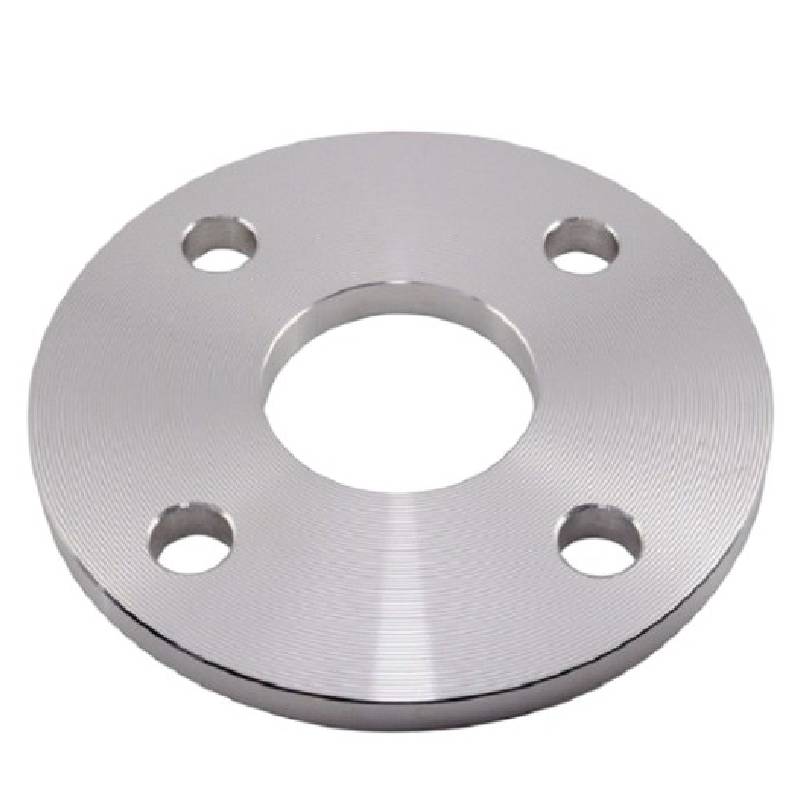-
Cangzhou Yulong Steel Co., Ltd.
-
Phone:
+86 13303177267 -
Email:
admin@ylsteelfittings.com
- English
- Arabic
- Italian
- Spanish
- Portuguese
- German
- kazakh
- Persian
- Greek
- French
- Russian
- Polish
- Thai
- Indonesian
- Vietnamese
- Zulu
- Korean
- Uzbek
- Hindi
- Serbian
- Malay
- Ukrainian
- Gujarati
- Haitian Creole
- hausa
- hawaiian
- Hebrew
- Miao
- Hungarian
- Icelandic
- igbo
- irish
- Japanese
- Javanese
- Kannada
- Khmer
- Rwandese
- Afrikaans
- Albanian
- Amharic
- Armenian
- Azerbaijani
- Basque
- Belarusian
- Bengali
- Bosnian
- Bulgarian
- Catalan
- Cebuano
- China
- China (Taiwan)
- Corsican
- Croatian
- Czech
- Danish
- Esperanto
- Estonian
- Finnish
- Frisian
- Galician
- Georgian
- Kurdish
- Kyrgyz
- Lao
- Latin
- Latvian
- Lithuanian
- Luxembourgish
- Macedonian
- Malgashi
- Malayalam
- Maltese
- Maori
- Marathi
- Mongolian
- Myanmar
- Nepali
- Norwegian
- Norwegian
- Occitan
- Pashto
- Dutch
- Punjabi
- Romanian
- Samoan
- Scottish Gaelic
- Sesotho
- Shona
- Sindhi
- Sinhala
- Slovak
- Slovenian
- Somali
- Sundanese
- Swahili
- Swedish
- Tagalog
- Tajik
- Tamil
- Tatar
- Telugu
- Turkish
- Turkmen
- Urdu
- Uighur
- Welsh
- Bantu
- Yiddish
- Yoruba

Dec . 12, 2024 10:18 Back to list
elbow steel butt welding
Elbow Steel Butt Welding Techniques and Applications
Elbow steel butt welding is a critical process in the fabrication and assembly of piping systems, especially in industries such as oil and gas, chemical processing, and construction. This method involves joining two pieces of steel at their ends to form a strong and permanent connection, typically at a 90-degree angle. Understanding the techniques and applications of elbow steel butt welding is essential for ensuring the integrity and durability of welded joints.
The Welding Process
The elbow steel butt welding process begins with preparing the steel pieces, which involves cutting, shaping, and cleaning the surfaces to ensure they are free from contaminants like rust, grease, and paint. Proper preparation is crucial because it improves the quality of the weld and helps prevent defects.
Next, the steel pieces are aligned and secured in place. This can be achieved using fixtures or clamps to maintain proper alignment throughout the welding process. The actual welding can be done using various methods, including Shielded Metal Arc Welding (SMAW), Gas Tungsten Arc Welding (GTAW), or Submerged Arc Welding (SAW), depending on the specific requirements of the project.
During the welding operation, an electric arc is created between the electrode and the base material, melting the edges of the steel. A filler material may be added to provide additional strength and ensure the joint can withstand the pressures it will encounter once in operation. After the welding is complete, the joint is allowed to cool, and any post-weld treatments, such as cleaning and inspection, are performed.
Advantages of Butt Welding
One of the key advantages of butt welding is the strong, continuous joint it creates, which can be essential for high-pressure applications. The strength of the weld is typically equal to or greater than that of the base material, making it ideal for critical applications in industries where failure is not an option.
elbow steel butt welding

Additionally, butt welding provides a smooth internal surface, which is important in piping systems to reduce turbulence and pressure losses. This design feature is particularly beneficial in fluid transport systems, where efficiency is paramount.
Applications of Elbow Steel Butt Welding
Elbow steel butt welding is widely used in various applications. In the oil and gas industry, it is crucial for constructing piping systems that transport crude oil, natural gas, and other hazardous materials. The process ensures that the joints can withstand extreme pressures and harsh environmental conditions.
In chemical processing, elbow steel butt welding is used to build reactors, storage tanks, and pipelines that transport corrosive substances. The robust nature of the welded joints helps prevent leaks and ensures the safety of operations.
Moreover, in the construction industry, elbow steel butt welding is employed in the fabrication of structural components. High-performance buildings and industrial facilities require durable connections that can support heavy loads and withstand dynamic forces. Butt welding provides the necessary structural integrity for these applications.
Conclusion
Elbow steel butt welding is a vital technique in modern engineering and construction. With its ability to create strong, durable joints suitable for various high-demand applications, this welding method continues to be an indispensable process in ensuring the reliability and safety of piping systems. As industries evolve and new materials emerge, the techniques and technologies associated with elbow steel butt welding will likely advance, further enhancing its importance in fabrication and construction processes across the globe.
Latest news
-
ANSI 150P SS304 SO FLANGE
NewsFeb.14,2025
-
ASTM A333GR6 STEEL PIPE
NewsJan.20,2025
-
ANSI B16.5 WELDING NECK FLANGE
NewsJan.15,2026
-
ANSI B16.5 SLIP-ON FLANGE
NewsApr.19,2024
-
DIN86044 PLATE FLANGE
NewsApr.19,2024
-
DIN2527 BLIND FLANGE
NewsApr.12,2024
-
JIS B2311 Butt-Welding Fittings LR/SR 45°/90° /180°Seamless/Weld
NewsApr.23,2024
-
DIN2605-2617 Butt-Welding Fittings LR/SR 45°/90°/180° Seamless/Weld
NewsApr.23,2024











